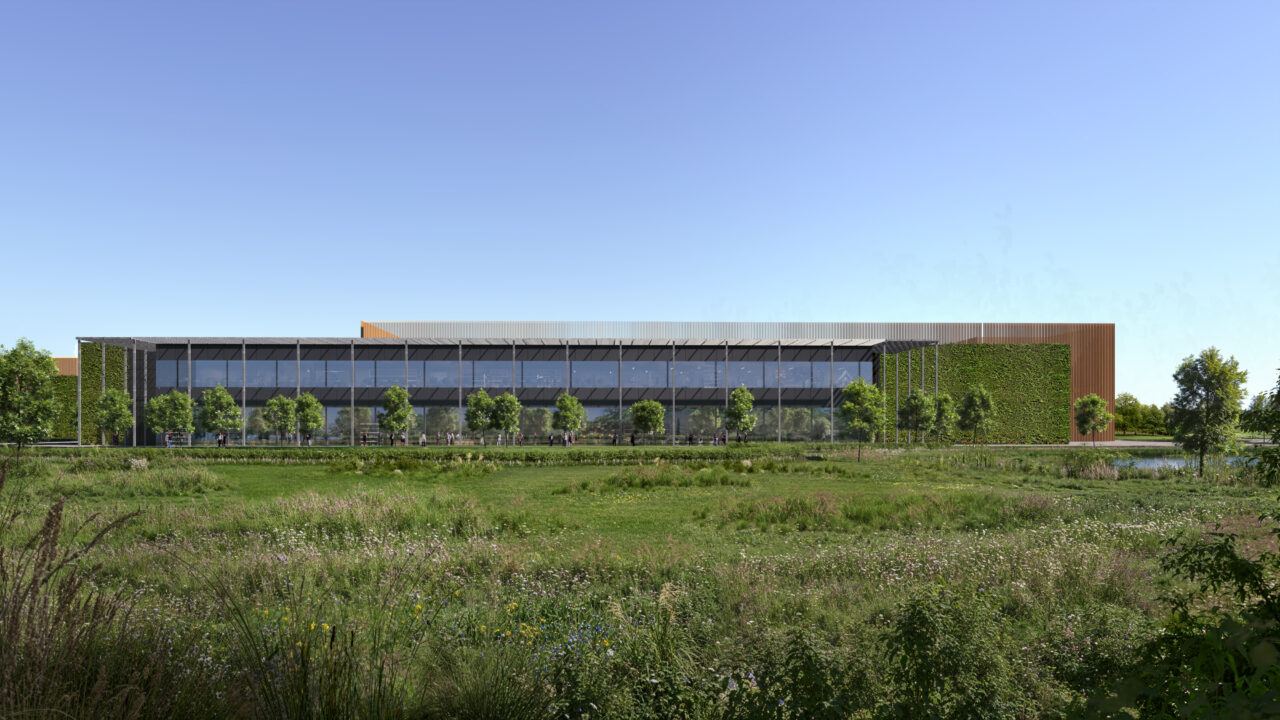Infra
Government designates data centres as Critical National Infrastructure

The UK government has announced its decision to class data centres as Critical National Infrastructure (CNI), the designation given to energy and water systems.
Putting data centres on equal footing with water, energy and emergency services will mean the sector will be eligible to receive greater government support, providing reassurance for companies setting up businesses in the UK.
The move is framed as a win for the UK economy, and coincides with news that the government welcomed a proposed £3.75 billion investment in Europe’s largest data centre on 12 September.
According to the government, the CNI classification means that data housed and process in UK data centres is less likely to be compromised during outages, cyber attacks and adverse weather events.
Outages in the UK’s electricity system will become increasingly common if grid upgrades are not supported in line with the growth in renewable power generation capacity that the Labour party has pledged. The vast amounts of energy consumed by data centres mean that they can serve a function balancing the grid.
Plans submitted for major data centre in Hertfordshire
Proposals for investment in a data centre, welcomed by the UK government, have seen submitted to Hertsmere Borough Council for construction in Hertfordshire by data company DC01UK. According to the company, construction of the site will create 500 jobs and a further 200 permanent positions will be available once the centre is completed.
The firm, which is a joint venture between the Griggs Group and Chiltern Green Energy, said the location for the data centre was chosen due to its proximity to the Elstree substation. It further claims that net biodiversity would increase under its plans, which include low-carbon buildings, renewable power generation, and retaining 50% of the green space.
Chiltern Green Energy says it has “extensive experience in site feasibility, lease and option negotiations, and obtaining planning consents”. Its involvement in the project indicates that the data centre will benefit from solar PV and battery storage, though this has not yet been confirmed.
Lessons from Ireland
However, the source of data centres’ energy must be scrutinised; the growth in the commissioning of data centres on the island of Ireland has threatened the clean energy targets of The Republic of Ireland and Northern Ireland. In August, Cornwall Insight forecast that both countries are on track to miss their goals of generating 80% of their electricity from renewable sources by 2030.
A report by the International Energy Agency (IEA) found that Ireland is forecast to have the highest growth rate in Europe for electricity demand and consumption, with an average annual rise of almost 7%. Data centres are expected to contribute hugely, with the nation braced to see a rapid expansion in this sector.
Indeed, figures from the Central Statistics Office for Ireland showed that data centres used 21% of Ireland’s metered electricity consumption in 2023, more than the total amount for urban dwellings (18%) and for rural dwellings (10%).
An article published by local outlet RTE in April 2024 revealed that Ireland has 82 data centres, with 14 more under construction and a further 40 receiving planning approval. This could lead to a 65% growth in the coming years.
All of the technologies housed in data centres demand high amounts of electricity, not least the cooling systems necessary to prevent hardware failures. The critical components of a data centre—routers, switches, firewalls, storage systems, servers, and application-delivery controllers—all generate significant heat.
Beyond this, data centres are operational for 24 hours of the day, every day of the year. They might run multiple servers simultaneously on top of other, high-density computing.
Ensuring the climate impact of technological processes at data centres, then, is of key importance—and might prevent or slow the onset of extreme weather events that would take data centres offline. Technology giants like Microsoft are taking steps to ensure that their data centre operations are powered, at least in part, by renewable energy sources.









